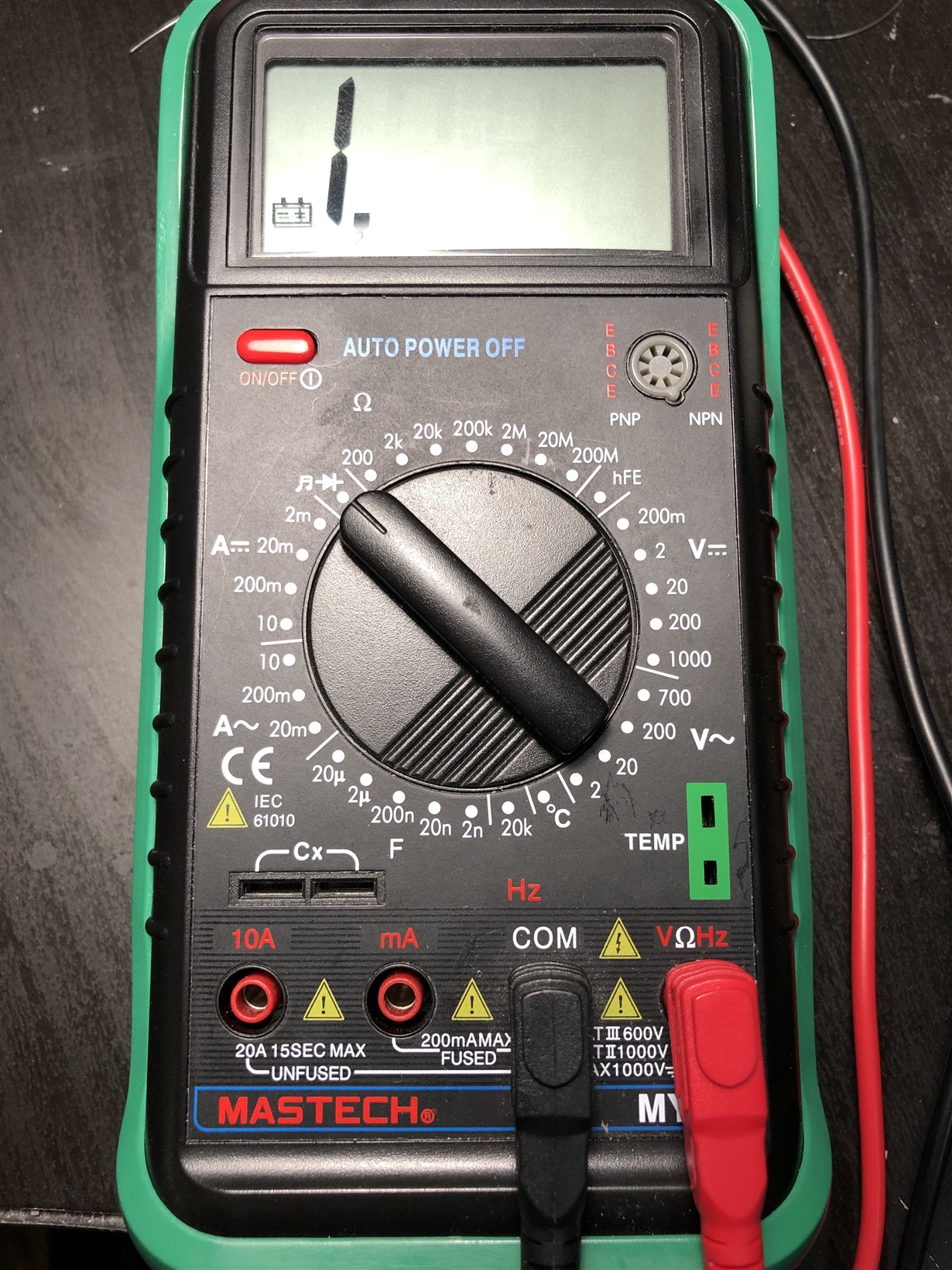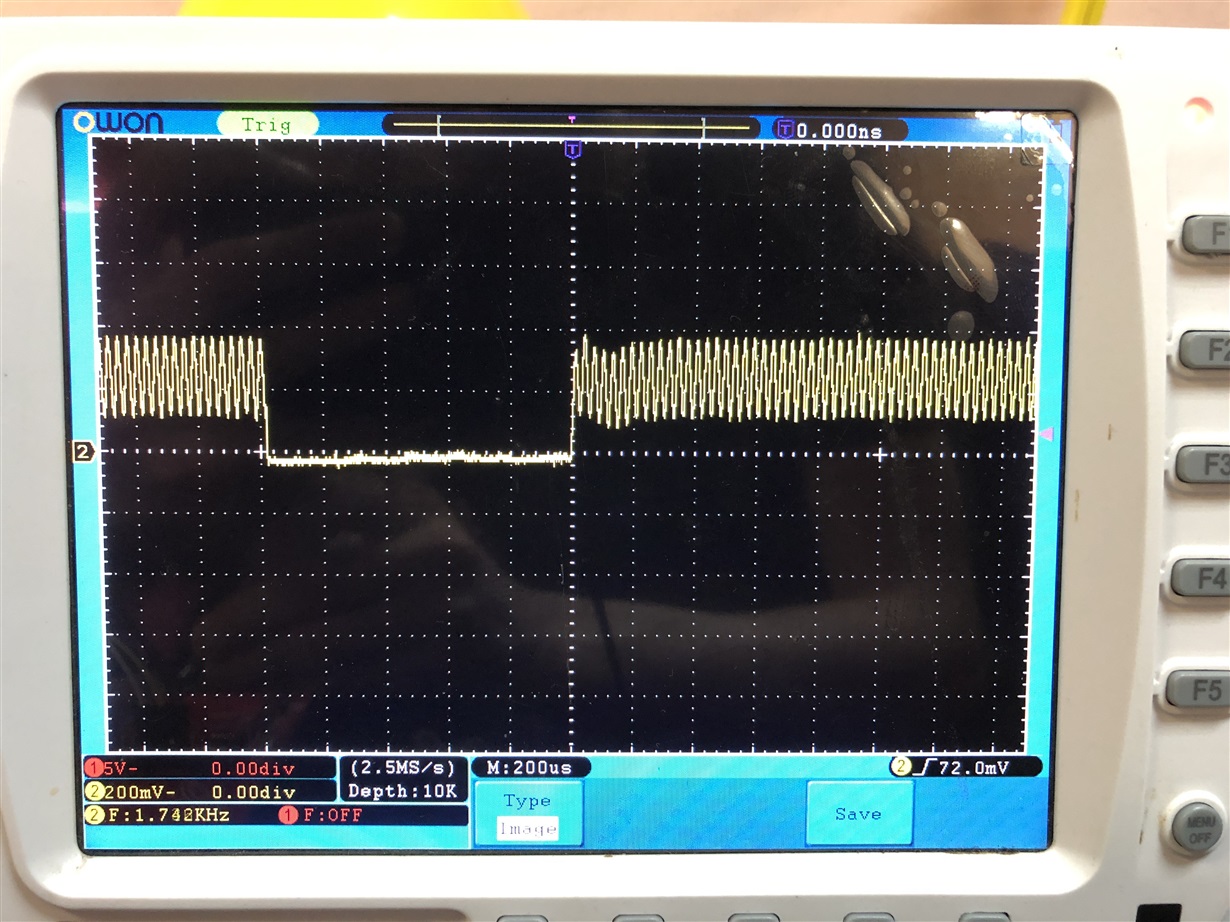Other Parts Discussed in Thread: CC2650
Tool/software: TI-RTOS
Hey. I am developing my board with cc1310 (4x4 rev 2.1). I can't go to standby mode with low power consumption. I use the pinstandby example, and it works (I see this by debugging code). When creating the board, I used the reference board design from the TI website. Also on the board are the same crystals as on the CC1310 LaunchPad board. And I see a sine wave on a crystal of 32 kHz. The board itself works well - spi, rf and so on works. In addition to the cc 1310 on the board is now nothing. In the pinstandby example in the CC1310_LAUNCHXL .h file, I specified PIN_UNASSIGNED on those contacts that are not in this version of the chip (I also tried to specify PIN_UNASSIGNED for each contact). As a result, I always see 3-4 mA in sleep mode. I tried calling the OSCHF_DebugGetExpectedAverageCrystalAmplitude () function, which returns 465. But if you call the OSCHF_DebugGetCrystalAmplitude() function, it will return 0. But if you call OSCHF_TurnOnXosc() before calling these functions, then OSCHF_DebugGetCrystalAmplitude() will return 420. I tried many solutions to this problem with various issues on this forum, but nothing helps. Can you tell in which direction to go?
P.S.
Sorry for my English!



